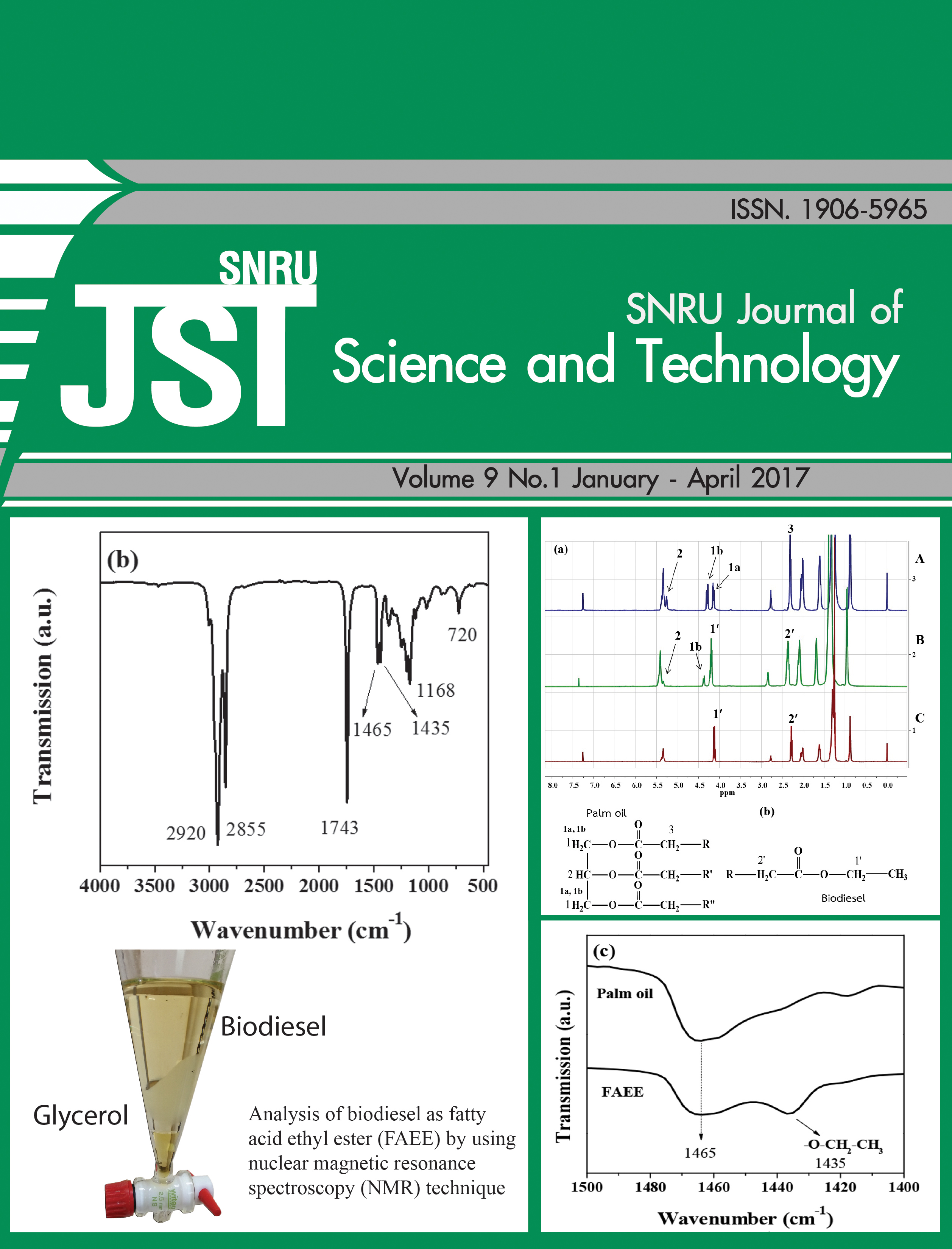The effect of vitamins AD3E supplementation on the growth, reproductive performance and survival rates of climbing perch Anabas testudineus broodstock in cage culture environments
Keywords:
Vitamins AD3E, growth performance, reproductive performance, climbing perchAbstract
This study aims to compare three levels of vitamins AD3E supplementation on the growth, reproductive performance and survival rates of climbing perch under cage culture conditions. The experiment was designed on a completely randomized model with one control group and three treatment groups. There were two replicates per treatment. Climbing perch broodstock of average body weight (32.65 ± 1.26 g) were acclimatized to experimental conditions for 15 days before they were randomly distributed in each group. The stocking density of each group was 10 fish m–2 in a cage (9 m2) with the ratio of female to male set at 1 : 1. The control diet was a commercial diet consisting of 32% protein and 15% lipid with a lack of vitamins AD3E. Three treatment diets were formulated containing the commercial diet supplemented with either 0.50, 2 or 5 ml of AD3E kg–1. During the experimental period, the fish were fed 5% of their body weight using each experimental diet at 09:00 and 17:00.
The results indicated that females fed a dietary supplementation of 5 ml of AD3E kg–1 had the highest values of GSI (15.91 ± 1.03), total number of eggs (454 ± 20.18), fertilization rate (69.82 ± 11.42%), hatching rate (66.22 ± 9.26%) and survival rate of fish larvae 10 days after hatching (82.40 ± 7.25%). Average values of pH, dissolved oxygen, conductivity, total dissolved solids, water temperature, turbidity, salinity, and nitrates in the culture ponds ranged between 5.43 – 8.66, 5.89 – 6.40 mg l–1, 0.128 – 0.301 ms cm–1, 0.218 – 0.256 g l–1, 29.45 – 31.11 °C, 43.25 – 49.71 NTU, 0.10 – 0.10 ppt and 0.23 – 0.25 mg l–1, respectively. This finding suggests that the supplementation of 5 ml of AD3E in the diet improved the reproductive performance of female climbing perch broodstock. The knowledge obtained from this research can benefit climbing perch aquaculture broodstock management.









